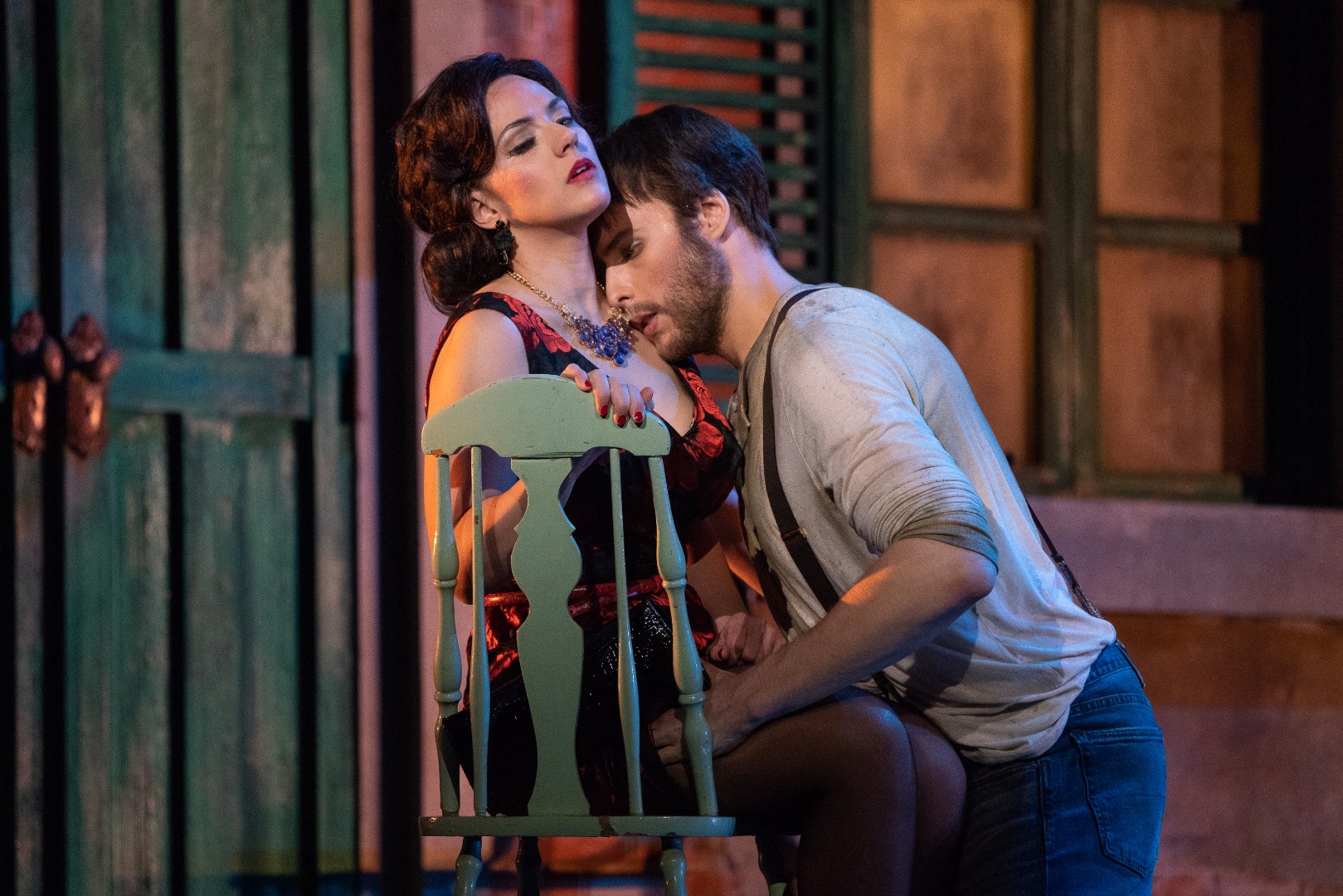

Based solely on Part III of Mérimée’s novella, the opera focuses on the passionate relationship between Carmen and Don José without Merimee’s first-person narrative, and most adaptations follow suit. Today, the opera is one of the most famous and frequently performed in the world.īizet made several changes to the story of Carmen for his opera. However, after only a decade, Bizet’s Carmen garnered critical acclaim and immense popularity. Audiences deemed it “vulgar” and “contemptible” because of its portrayal of immoral women and graphic murder on stage. Bizet’s Carmen premiered in 1875, and at first, it received an extremely scandalized and negative reception.

The most recognized adaptation of Carmen is the opera of the same name by French composer Georges Bizet. Since the publication of Mérimée’s novella, the tragic story of Carmen has been the muse for numerous artists for other mediums. Don José killed his lieutenant and Carmen’s husband out of jealousy, and when Carmen tried to leave him for Lucas, Don José stabbed Carmen to death in a fit of jealous rage and turned himself in. Soon, they became lovers, but Carmen had several other suitors like Don Jose’s lieutenant, a bullfighter named Lucas, and a husband. After joining an infantry, Don José met the beautiful Carmen at the cigar factory where she works. Part III reveals Don José and Carmen’s tempestuous and ill-fated relationship. Months later, the author learns that Don José is to be executed the next day, so he visits the prisoner to hear his story. Part II follows Mérimée’s ominous encounter with Carmen, an intriguing and seductive Romani woman. In Part I, Mérimée befriends a mysterious man who turns out to be a robber named Don José Navarro, and the author helps the robber escape arrest. Mérimée narrates the story as if he is recounting actual events that occurred on his trip to Spain.

Set in the early 19th century, the novella is based on a story that Mérimée heard from the Countess of Montijo on a visit to Spain in 1830. The original version of Carmen was written and published in 1845 as a novella by French writer Prosper Mérimée. Trace the little-known origins of this popular narrative, and discover how Resident Choreographer Jorma Elo’s ballet brings the fiery antiheroine into the 21st century. The sizzling story of Carmen has inspired countless works of art over the years.


 0 kommentar(er)
0 kommentar(er)
